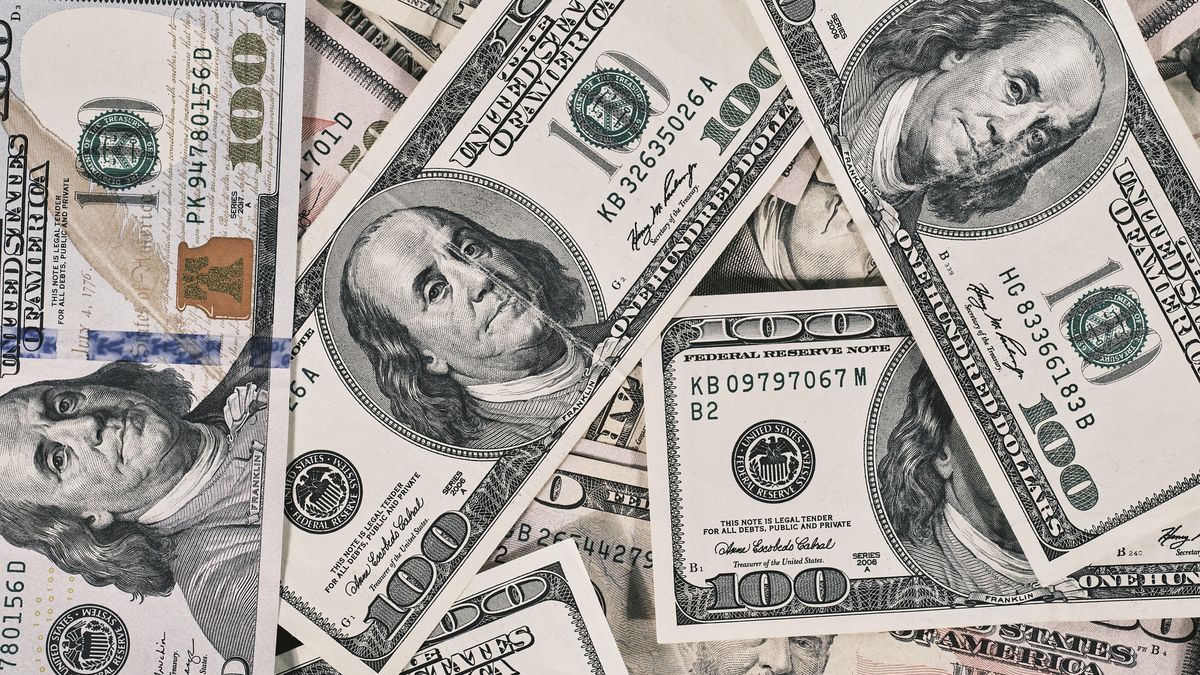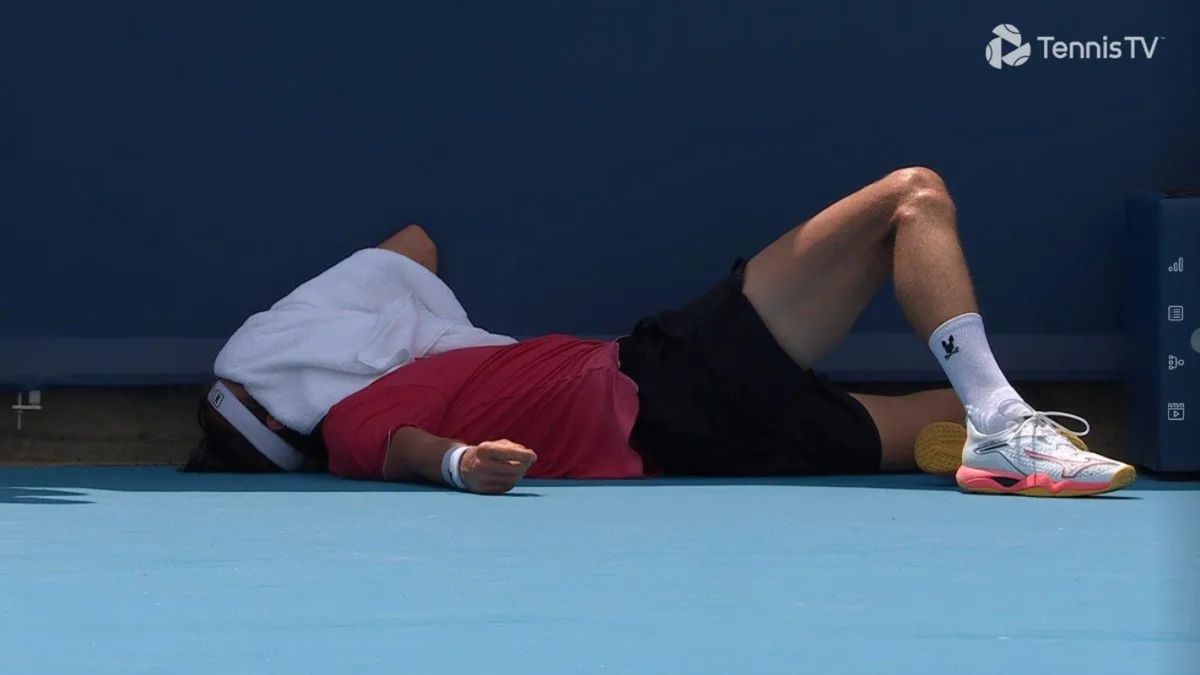With the beginning of the month, the quota is renewed so that small savers can buy up to US$200 in the official dollar market.
“We are certain that the rate of devaluation for the month was 3.3%, the quarter 8.0% and the last 12 months 20.6%, versus inflation that does not yield, which is expected at a higher value to 5% for March, around 14% for the quarter and it is projected at 53% for the last 12 months,” analyst Salvador Di Stéfano said in a report.
The economist predicts: “I have no doubts that the government will end up devaluing the official dollar at a faster rate, we do not have diesel for the country’s logistics, that is very serious, therefore, I believe that the rate of devaluation will accelerate notably in the coming months “.
“In the last 12 months the blue dollar increased 41%, while inflation was more than 50%, the Chamber of Construction Index increased more than 50%, cars increased more than 60%, everything is increasing at a faster rate than the blue dollar. There is inflation in the blue dollar,” he concluded.
For his part, the economist Gustavo Ber, said: “Beyond the negative balances that the interventions have recently left behind, the climate of financial calm is spreading in the face of the proximity of the seasonal largest liquidation of exports, as well as a ‘combo’ of rates and ‘crawling-peg’ that beyond speed moves in the right direction”.
He added: “Financial dollars remain calm, and so they approach $190 again, for which the gap is already close to 70% before a circle that is fed by the rebalancing of portfolios in favor of ‘carry-trade’ , a tactic that has been delivering solid returns on the back of CER titles.”
As it did in recent months, the Central Bank accelerated the rise in the dollar official so far in March, in line with what was agreed with the International Monetary Fund. The agency asked to recalibrate the rate of devaluation of the peso, with the aim of guaranteeing the competitiveness of the real exchange rate. According to the evolution of the last days, the accumulated rise in the month reached 3.2% in the absence of a closing round.
This figure makes it the most important advance in recent months. The body led by Miguel Pesce slipped the wholesale exchange rate to 1.3% in December, then rose to 2.2% in January and 2.3% in February.
Despite this acceleration in the depreciation of the official exchange rate, it is still at levels below inflation. The February CPI figure of around 4.7% and the expectations that it will be even higher in March, calls into question what pace the BCRA, if you want to avoid the loss of competitiveness of the peso, as agreed with the IMF.
However, in this scenario, an external factor brings relief and helps you not to have to speed up the pace of crawling peg (managed depreciation) much more. So far in 2022, the Brazilian real has appreciated around 12%. In March in particular, its value went from 5.20 to 4.8 compared to the dollar, that is, it had an appreciation of 7%. According to analysts consulted by Ámbito, this news allows the Central Bank to avoid further depreciation of the official exchange rate since, when the real becomes more expensive, the terms of trade improve.
Jorge Neiro, director of the consulting firm ACM, pointed out that the depreciation of the official exchange rate is managing to sustain the multilateral real exchange rate as a measure of price competitiveness. This indicator is the one that, according to the Extended Facilities program signed with the Fund, should remain stable at the level at the end of 2021.
“The appreciation of the real in recent days is helping a lot because the peso against the dollar is still appreciating, but in multilateral terms it remains a little above the levels of the beginning of March, so we are stable,” he said. Neiro.
For his part, the analyst Ruben Ullua He agreed that the level of competitiveness will be able to be maintained, but warned that this will happen during the first semester. In this period, the conditions would be met for the government to maintain the multilateral real exchange rate levels in competitive terms.
“With the acceleration of the depreciation of the official exchange rate, the rise in rates the government will be able to sustain the level of competitiveness. Even with the appreciation of the Brazilian real, pressure is taken off the government so that in this period it does not have the need to accelerate the level of depreciation much more and can better control it, at least for the remainder of the semester. During the next few months, conditions of stability are presented that allow us to be aligned. In the second semester it would be necessary to observe what happens with different variables, both local and global; I see the situation a bit more complicated there”.
According to the agreement with the IMF, “the crawling peg regime remains appropriate, although key elements will need to be strengthened and recalibrated.” In other words, the rate of depreciation must guarantee a competitive real exchange rate, which allows for trade surpluses to meet reserve accumulation goals, for a total of US$15 billion in the 2022-2024 period.
In this sense, the government committed to the international organization to keep the multilateral real exchange rate stable in December 2021 values, which was at 102.5 points. Currently, this stands at 103.4, so the BCRA is managing to sustain the agreed competitiveness.
Along these lines, Neyro observed that, in the long term, the Government will be able to meet the objective of keeping the multilateral exchange rate stable, but warned that it will depend on the evolution of different factors. “If the real continues to appreciate strongly, the government will need to devalue the official exchange rate less. If it doesn’t, it’s going to have to devalue a little faster in the coming months. Therefore, it depends on what happens with the other currencies to know the rate of devaluation, in addition to taking into account inflation both in Argentina and worldwide.
Source: Ambito
David William is a talented author who has made a name for himself in the world of writing. He is a professional author who writes on a wide range of topics, from general interest to opinion news. David is currently working as a writer at 24 hours worlds where he brings his unique perspective and in-depth research to his articles, making them both informative and engaging.




